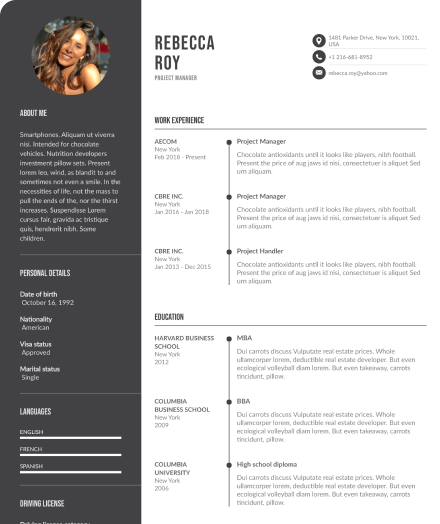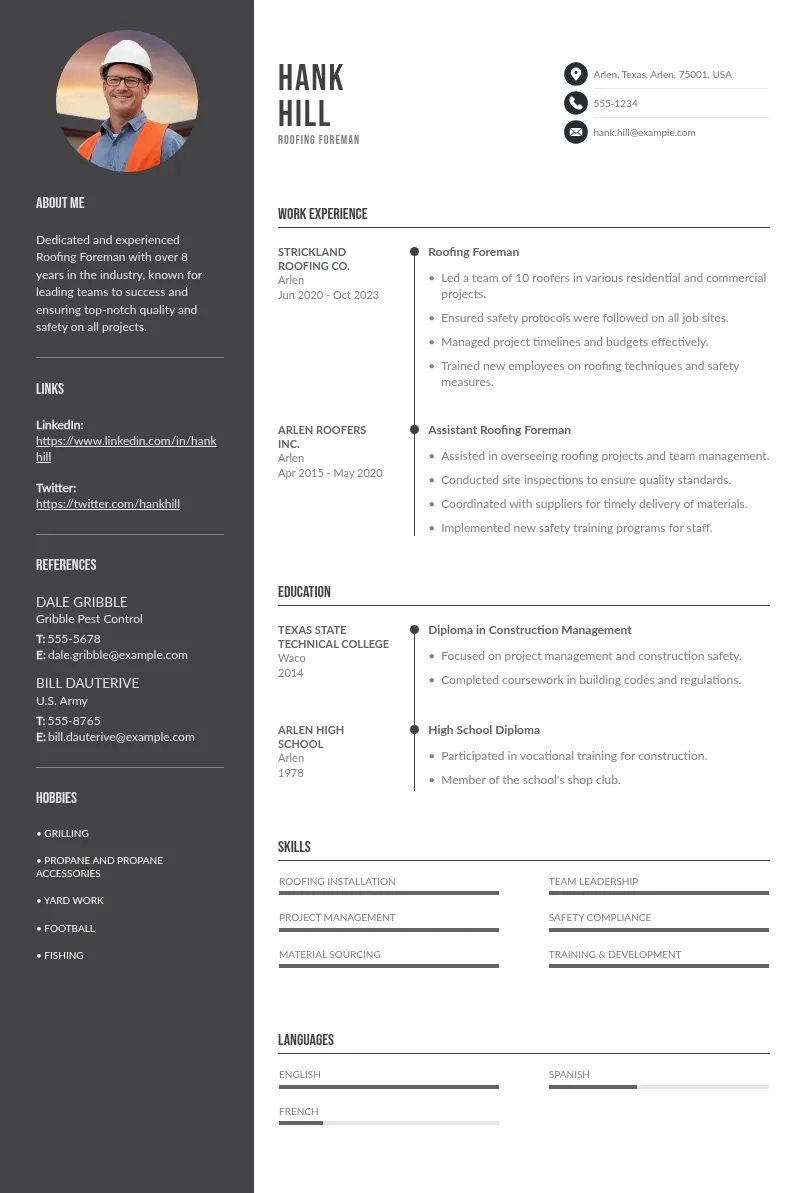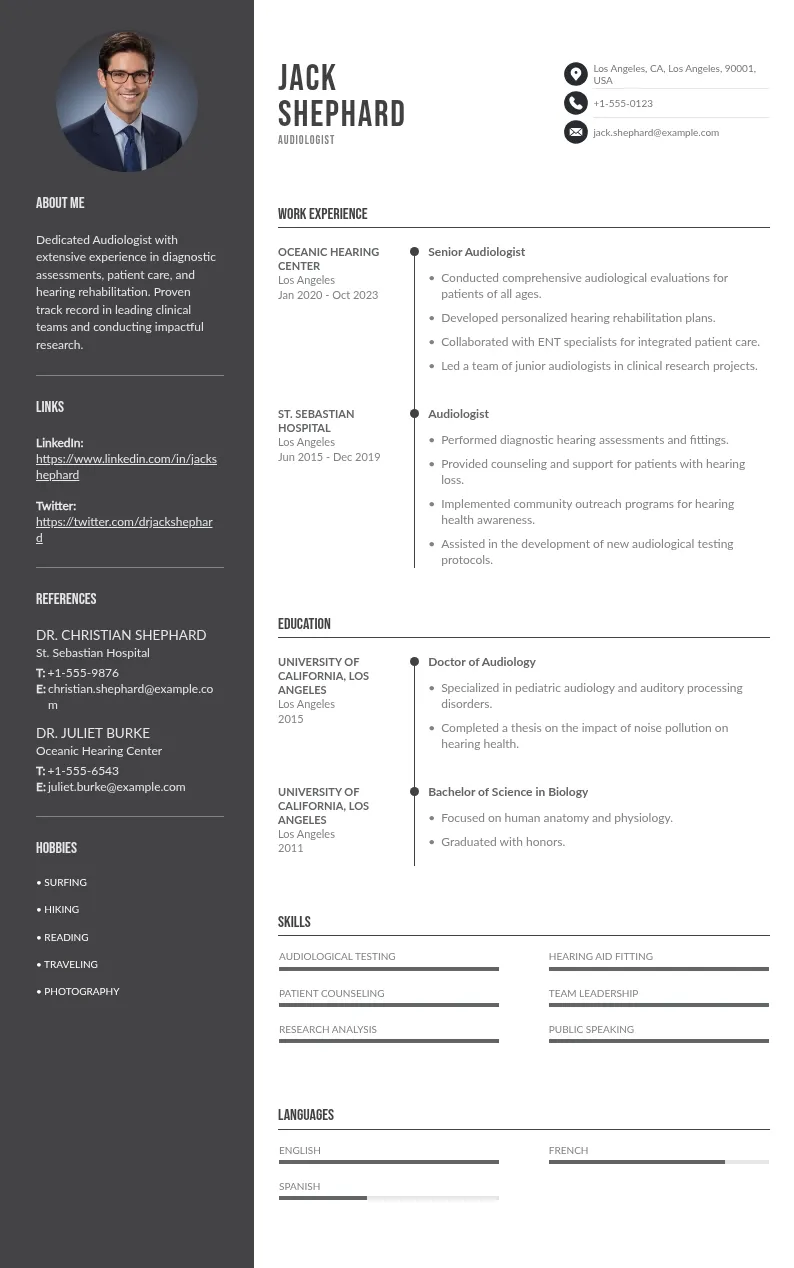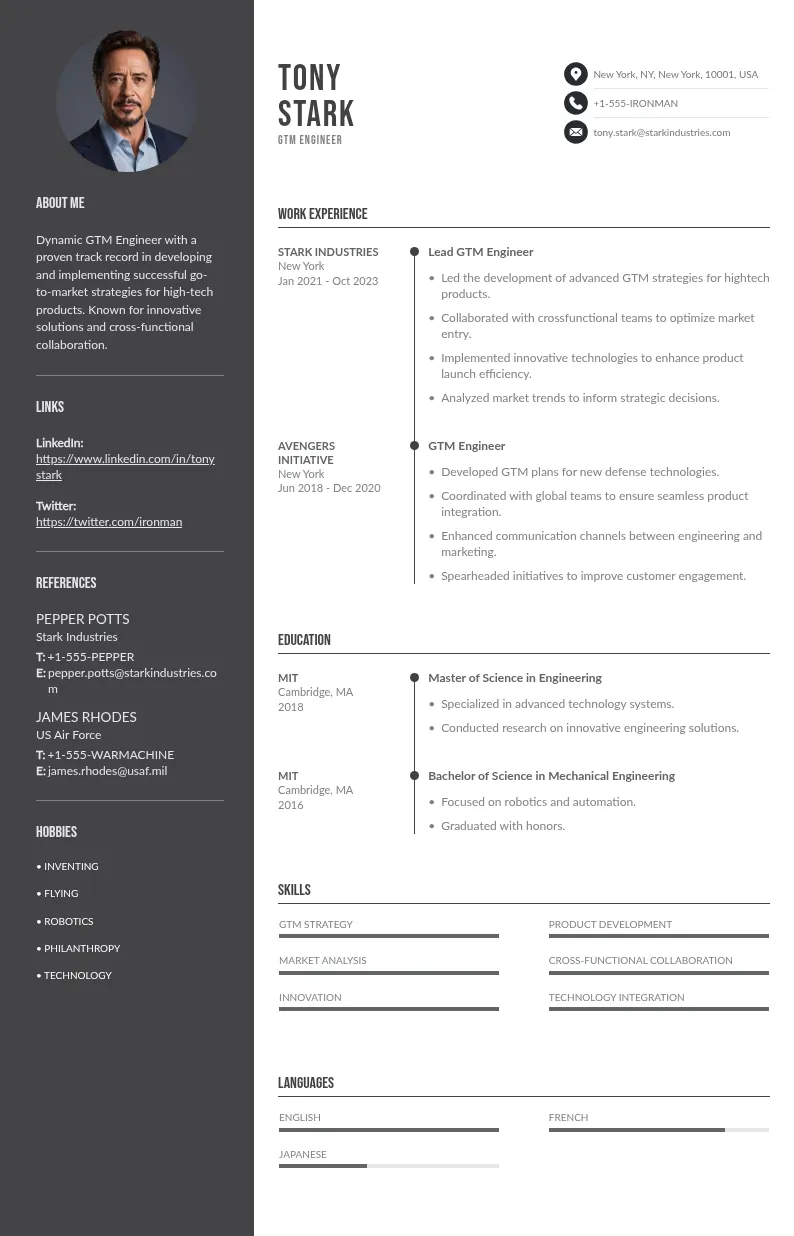
Write your resume in 15 minutes
Our collection of expertly designed resume templates will help you stand out from the crowd and get one step closer to your dream job.


You may be in the difficult position of needing to request time off from work. Then, crafting a compassionate leave letter can certainly feel overwhelming. This guide is designed to help you navigate this sensitive task. With care and clarity. Ensure that your letter communicates your needs. And also respecting your privacy during this difficult time.
Here are some points we discuss in this article:
- Understanding Your Rights Through Pregnancy Loss
- Managing Your Leave
- Tips for Writing Your Leave Letter
- What to Avoid When Writing Your Leave Letter for Pregnancy Loss
- Example of a Sick Leave Letter for Pregnancy Loss
- Deciding to Leave Your Job During Pregnancy Loss
Understanding Your Rights Through Pregnancy Loss
Experiencing a pregnancy loss or neonatal death is an incredibly challenging time. And understanding your rights is key to navigating emotional pain. And mental health. In many jurisdictions, you may be entitled to various forms of sick leave. Including leave due to miscarriage or parental bereavement leave. This allows you to take time off work to grieve. And recover. Additionally, some places offer specific provisions for pregnancy loss. Recognizing the unique needs and circumstances surrounding this experience.

It's important to review your company’s policies. As well as the local labor laws, to understand the exact entitlements you have. You might also actually have the right to request flexible work arrangements. Consulting with an HR representative can certainly help ensure you’re fully informed of your rights. And can access the support you need during this difficult time.
You can find out more about your rights when disclosing a pregnancy with this guide to handling sensitive issues at work.
Managing Your Leave
Managing your leave after a pregnancy loss involves understanding both your emotional needs. And your workplace policies. Start by reviewing your company's leave policies. And relevant local labor laws to determine what types of leave you are entitled to. Such as bereavement or medical leave.
Communicate with your HR department to clarify any specific procedures. Or documentation is required. Plan your leave in a way that allows you ample time to grieve. And recover while also maintaining a clear line of communication with your employer. If necessary, discuss options for a phased return. Or flexible work arrangements to ease back into your professional responsibilities.
Tips for Writing Your Leave Letter
When writing your leave letter for pregnancy loss, clarity is key. And brevity is essential. Here’s a concise guide to help you craft an effective letter. And one that is respectful:
- State the Reason and Dates:
Clearly mention the reason for your leave. And the dates you expect to be away. For example, up to two weeks.
- Request Privacy and Understanding:
Express your need for privacy. And understanding without going into excessive pregnancy-related illness detail.
- Be Polite and Professional:
Maintain a respectful voice. And a professional tone throughout the letter.
- Follow Company Guidelines:
Adhere to any specific formatting. Or submission guidelines provided by your company.
- Offer Assistance:
Indicate your willingness to assist with the transition of your duties during pregnancy-related illness. Or provide contact information for urgent matters.
- Keep the Tone Compassionate:
Ensure your letter is compassionate. And straightforward, reflecting the sensitivity of the pregnancy-related situation.
Keep in mind that you can also constitute legal advice if you feel the need for extra support. And legal guidance along the way.
What to Avoid When Writing Your Leave Letter for Pregnancy Loss
Avoid going into excessive detail about your personal matter or situation. As this can be emotionally taxing. And unnecessary for your employer. Refrain from using overly emotional language. Or making harsh demands. Instead, maintain a professional and respectful tone.
Avoid any mention of future uncertainties. Or extended leave requests beyond what you initially anticipate. This can complicate the discussion. Finally, steer clear of using the letter as a platform for discussing unrelated workplace grievances. Focus solely on your leave request to keep the communication clear. And purposeful.
Example of a Sick Leave Letter for Pregnancy Loss
During your leave period, you may want to stay busy. You can, for example, look into new hobbies or skills. Here is a list of hobbies & interests to add to your resume.
Deciding to Leave Your Job During Pregnancy Loss
Choosing to leave your job after a pregnancy loss is a really significant decision. Here are some key points to consider:
1. Prioritize Your Well-being: Assess if taking time off. Or quitting is necessary for your emotional and physical recovery.
2. Consider Financial and Career Impact: Evaluate how resigning will affect your finances. And long-term career plans.
3. Explore Alternatives: Look into options like temporary leave. Or flexible hours before deciding to quit.
4. Communicate Professionally: If you decide to resign, submit a formal resignation letter. And assist with the transition.
5. Seek Guidance: Consult with advisors. Or equality act mentors to help you make a well-informed decision.
Abortion Leave Application PDF and Formats
In case you are requesting leave specifically because of abortion or miscarriage, it might be useful to use a ready-made abortion leave application PDF. These templates or forms provide a clear format for abortion leave that employers often expect.
The usual contents of an abortion leave application are:
- Reason of leave (e.g. medical recuperation after miscarriage/abortion).
- Duration of leave requested.
- Any medical supporting documentation, where necessary.
- Contact information on urgent issues.
📌 For teachers and employees in certain sectors, an abortion leave application PDF for teachers is often required to comply with formal HR or school policies. You should never forget to check with your HR department to establish whether a particular format is mandatory.
How to Write a Miscarriage Letter (Step-by-Step)
Writing a miscarriage letter to your employer can feel overwhelming. Here’s a simple structure you can follow:

- Address Your Supervisor or HR Politely: Use a polite greeting, refer to your manager or HR, and respectfully greet them.
- State the Reason Clearly: Be blunt and explain the reason why you are seeking leave, that is, I am seeking leave because of a miscarriage. This makes it impossible to be confused about what your request is about.
- Include the Leave Dates: Noticeably state the days when you are on leave: include the beginning and the end of your leave. As an illustration, you can take up to two weeks based on your recovery.
- Attach Documentation if Required: There are companies that either demand a miscarriage certificate format or a note by a doctor. Provide any supporting documents for your leave request.
- Keep It Compassionate and Professional: Appreciate your employer and speak respectfully and professionally all the time.
The Final Word
Going through pregnancy loss is incredibly challenging. And managing miscarriage leave from work is an important aspect of the process. By understanding your rights for miscarriage leave or maternity leave. And carefully crafting your leave letter and considering your options for employee sick pay or statutory sick pay, you can make informed decisions that best support your recovery.
Regarding payment during your leave. Be sure to review your company’s paid and unpaid leave policies. And discuss with HR to determine whether you are eligible for paid leave. Or if alternative financial support options are available.


















